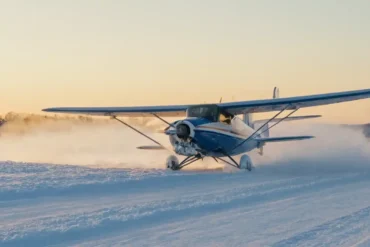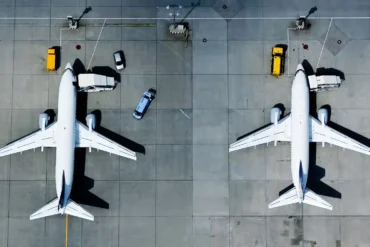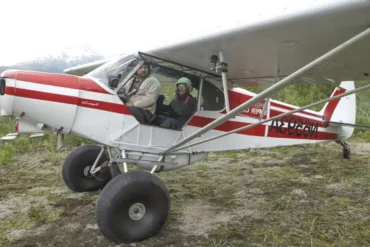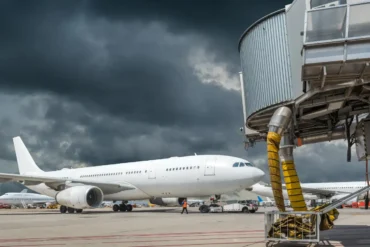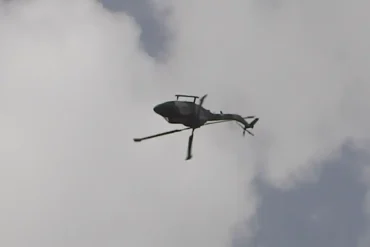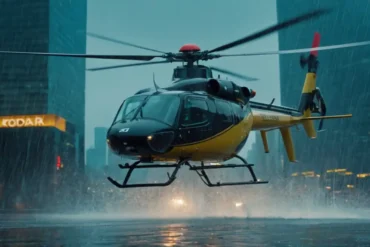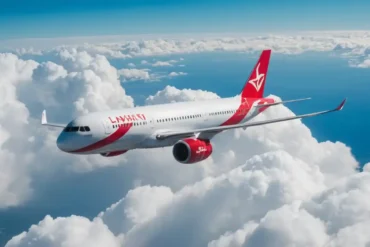Hey there! Let’s chat about something that might sound a bit weird but is actually pretty important in the world of flying: bird strikes. You know how sometimes birds and planes don’t mix well? Well, it turns out this can cause some serious headaches for airlines. In 2021 alone, US airlines lost a whopping $328 million and had to deal with 140,000 hours of delays because of these feathery encounters. But don’t worry, airport folks are on it, coming up with all sorts of clever ways to keep our winged friends away from planes.
Now, you might think bird strikes are just a minor annoyance, but they can actually be a big deal. Sometimes they force planes to change course, make emergency landings, or in rare cases, even land on water (remember that amazing Hudson River landing?). It’s usually during takeoff or landing when these collisions happen, and they can mess up engines, windshields, and the plane’s nose. While most of the time it’s not too serious, it still causes a lot of trouble for airlines. And let’s not forget about the birds themselves – sadly, many don’t survive these run-ins.
Impact of Bird Strikes on Aircraft
Here’s a fun fact: about 97% of bird strikes happen around airports when planes are taking off, landing, or flying low. They’ve even reported birds hitting planes as high as 15,000 feet up! The damage depends on how big and fast the bird is, and how fast the plane’s going. Bigger, speedier birds can cause more trouble, as you might guess.
To give you an idea, in the first three months of 2023, there were 1,696 bird strikes in the US, but only 12 caused serious damage to planes. That’s less than 1%! But even small critters can cause big problems, and pilots have to follow special rules when this happens. In 2021, these incidents cost US airlines about $328 million in damages and 140,000 hours of downtime. That’s a lot of delayed flights!
Usually, birds hit the front of the plane – you know, the windshield, nose, and engines. Sometimes this means the plane has to land right away. There was this one time an Air France plane got its nose all smashed up by a bird in Osaka. Yikes! On average, there are about 50 bird strikes reported every day, but most of them aren’t too bad.
The scariest thing that can happen is when a bird gets sucked into an engine. In really bad cases, this can make the engine stop working. Most planes can fly with just one engine for a long time, but pilots usually decide to land at the nearest airport, just to be safe. It’s super rare for both engines to fail because of birds, but it has happened before. Remember that Hudson River landing we talked about earlier?
Bird Strike Data
According to the FAA (that’s the Federal Aviation Administration), there are more than 10,000 recorded bird strikes every year in the United States alone. And get this – they think that’s probably only a fraction of what really happens! In 2022, they got over 15,000 reports.
Want to know which bird causes the most trouble? It’s the mourning dove! But don’t worry, they usually don’t do much damage. Ducks and geese, on the other hand, only make up about 5% of strikes but cause 28% of the damage. They’re like the troublemakers of the bird world when it comes to planes.
From 1988 to 2019, more than 270 planes around the world were totally wrecked because of bird strikes. That’s about nine planes every year! The FAA thinks these incidents probably cost about $500 million worldwide each year when you add up all the damage and lost money from canceled flights.
Notable Incidents
Remember that “Miracle on the Hudson” from over 15 years ago? That was when Captain “Sully” Sullenberger and First Officer Jeff Skiles became real-life heroes. On January 15, 2009, their plane hit a bunch of birds right after taking off from New York City. Both engines stopped working, which is super scary when you’re not very high up!
With no working engines and nowhere safe to land, Sully and Jeff had to think fast. They managed to land the plane on the Hudson River, and guess what? All 155 people on board – that’s 5 crew members and 150 passengers – were saved! Most of them didn’t even get hurt. Pretty amazing, right?
Speaking of wild bird encounters, there was this crazy incident in Mumbai not too long ago. An Emirates plane hit a group of flamingos while coming in to land. It was like a pink explosion – there were flamingo parts all over a nearby neighborhood! About 40 birds died, and the plane got damaged too. It sounds like something out of a movie, doesn’t it?
Prevention Strategies
So, how do we stop this from happening? It’s up to the airport folks to keep birds away from the runways. They use all sorts of tricks to scare birds off, like sirens, fireworks, and even air cannons. The goal is to make sure birds don’t hang out in big groups near airports.
The FAA in the US and the DGCA in India are helping out too. They’re telling airports to use things like spikes on the runways to keep birds away. They’re also looking into cool new tech that can spot birds early and warn pilots before anything bad happens. It’s like having a bird radar!


